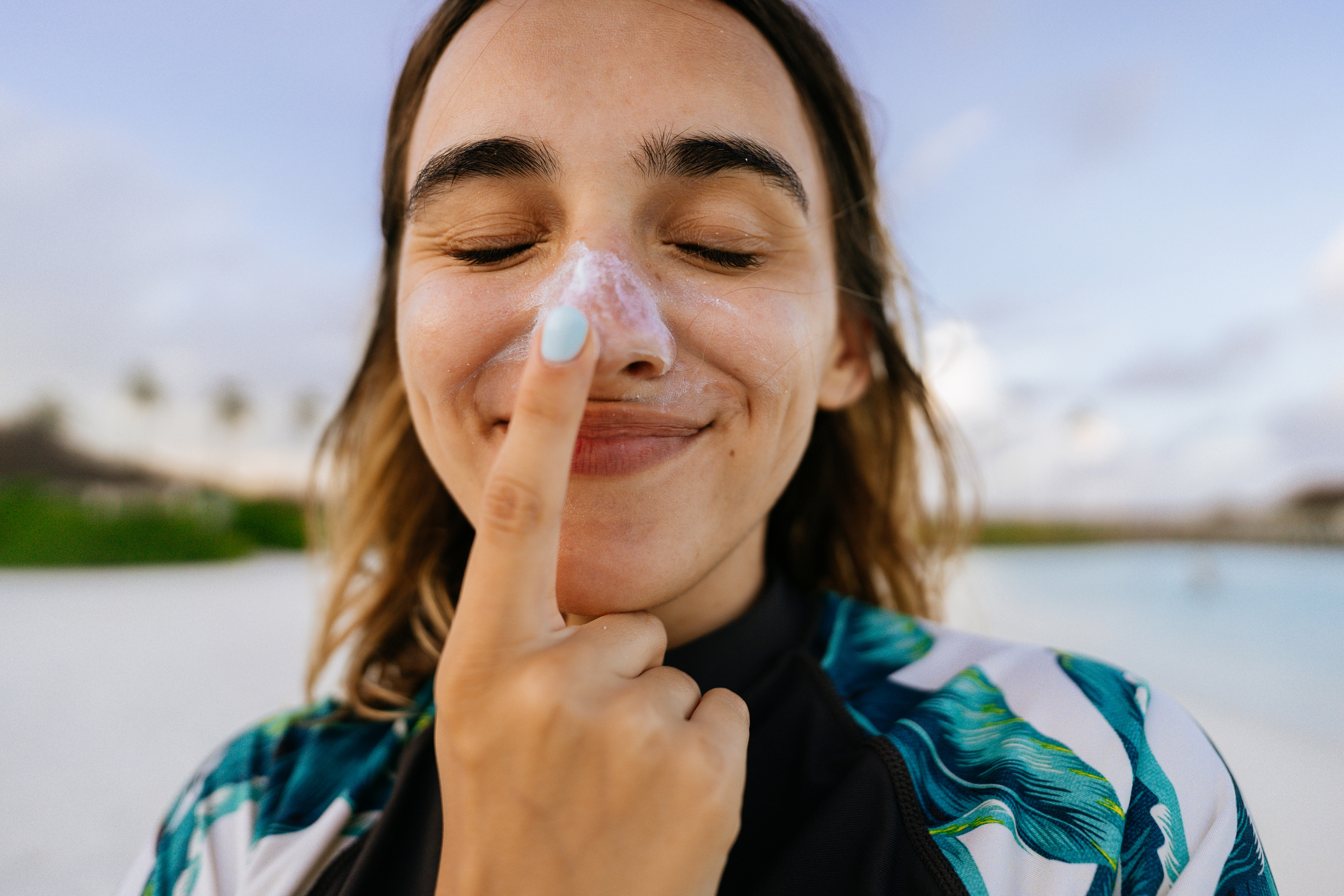Skin Cancer Removal in Florida
Learning you have skin cancer can be devastating, but the good news is that most skin cancers are easy to remove if caught early. Skin cancer removal procedures are highly successful, putting you on the road to recovery in a very short amount of time.
What is Skin Cancer Removal?
Skin cancer removal is the process in which cancerous lesions are removed. Depending on the type of skin cancer you have and the size of your lesion, one of the following methods may be used:
- Excision, which involves local anesthesia followed by the cutting or scraping away of the lesion.
- Freezing through the use of liquid nitrogen to remove lesions.
- Mohs surgery, a method that involves removing thin layers of skin at a time and then testing them for signs of cancer. This process continues until all evidence of cancer is completely gone.

Benefits of Skin Cancer Removal
Skin cancer removal prevents lesions from growing bigger or developing into deeper layers of your skin. Removing cancerous lesions often eliminates the need for radiation or chemotherapy and is, therefore, the preferred method of treatment. Knowing you have eliminated your cancerous lesion can not only restore your good health but will also help alleviate any anxiety you may experience after receiving a cancer diagnosis.
Is Skin Cancer Removal Right for Me?
Your physician will likely recommend skin cancer removal if he or she believes it has not yet spread deep into your tissues. Since there is minimal risk involved, you may undergo skin cancer removal even if you are undergoing treatment for other types of cancer.
Elements of a Skin Cancer Removal
All skin cancer removal procedures begin with anesthesia. Local anesthesia is typically used, as there is rarely a need for patients to be fully asleep. If an excision or Mohs surgery is being performed, small incisions will be made to remove tissue before sewing the wound closed. Freezing will require the application of liquid nitrogen, followed by an antibiotic ointment and dressing.
When deep cutting is required, a skin graft could also be needed. This involves taking skin from one area of your body and placing it on top of a wound. Your surgeon will likely recommend general anesthesia in the event a skin graft becomes necessary.
How Involved is the Skin Cancer Removal Procedure?
An excision is only minimally invasive while Mohs surgery is moderately invasive. Freezing requires no incisions whatsoever. A skin cancer removal procedure normally takes anywhere from one to three hours. Mohs surgery takes the longest due to the testing procedures required in between removals.
How Long is the Recovery After a Skin Cancer Removal Procedure?
Upon leaving the surgery center, you may feel light numbness and tingling for a couple of hours, but that’s about it. Follow aftercare instructions from your surgeon concerning wound care and avoid sun exposure during the two-week period following.
How Much Does a Skin Cancer Removal Procedure Cost?
Prices will vary based on your individual case. Your board-certified plastic surgeon will provide you with additional information during your consultation.
Questions To Ask Your Skin Cancer Removal Surgeon
- What type of procedure do you recommend and why?
- Will there be a noticeable scar?
- What are the chances of my skin cancer returning?
- What Should I do Next?
If you have been diagnosed with skin cancer, don’t wait. The sooner you seek treatment, the easier your procedure will be and the less likely you are to have your cancer turn into something serious.
The fact that skin cancer removal is typically an easy, in-office procedure doesn’t make a diagnosis any easier. Our well-trained surgeons recognize this and will, therefore, go out of their way to care for you physically, mentally and emotionally to ensure a complete recovery. Schedule an appointment with a board-certified plastic surgeon today!
